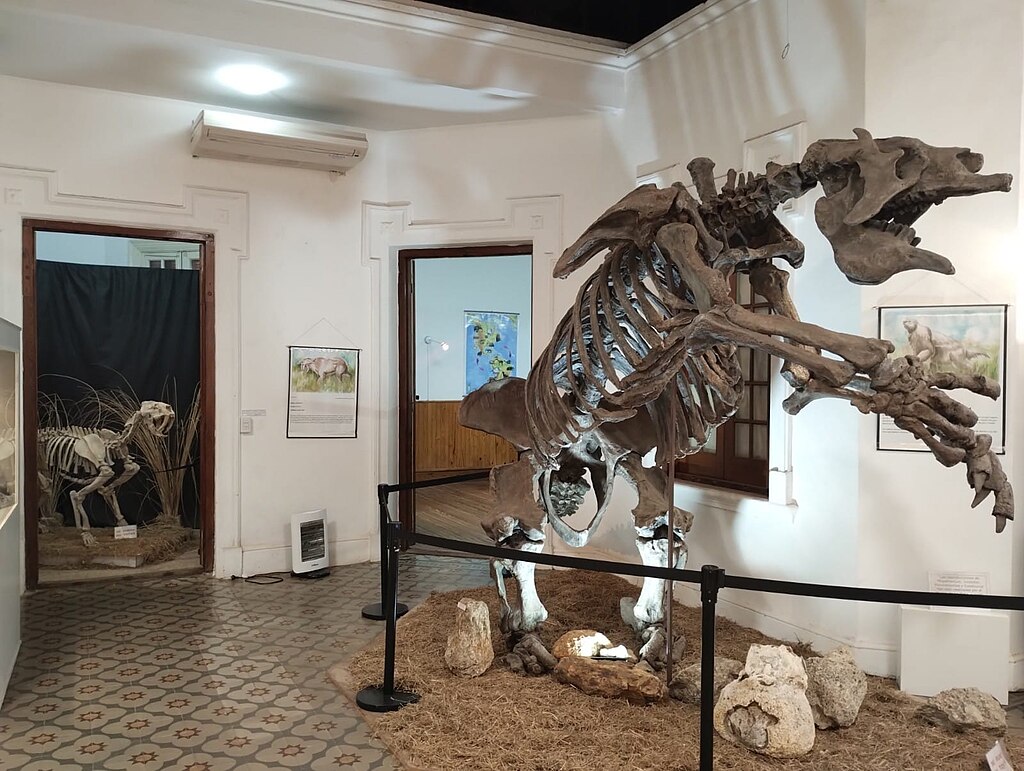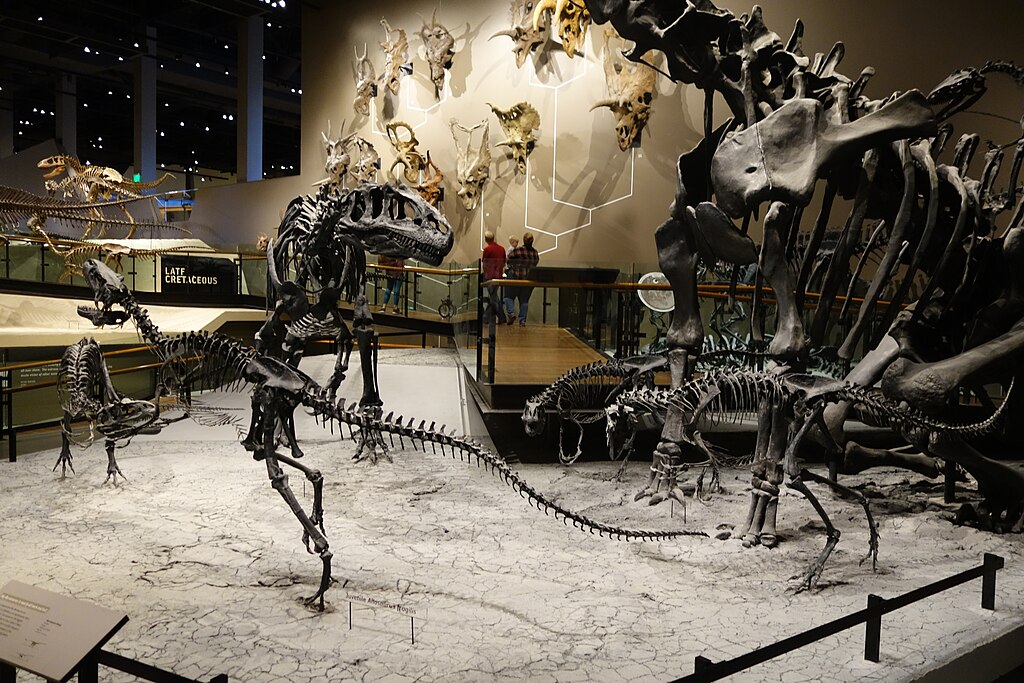The field of paleontology has given us remarkable insights into Earth’s distant past, revealing creatures and ecosystems long vanished from our planet. Beyond academic circles, certain paleontologists have captured public imagination through their groundbreaking discoveries, compelling personalities, and ability to translate complex science into accessible knowledge. These fossil hunters have inspired blockbuster films, established world-renowned museum collections, and ignited global fascination with prehistoric life. Their excavations and research have fundamentally changed how we understand evolution and our planet’s history. This article explores six influential paleontologists whose contributions transcended scientific journals to become cultural touchstones, shaping how generations of people envision dinosaurs and ancient worlds.
Roy Chapman Andrews: The Real-Life Indiana Jones
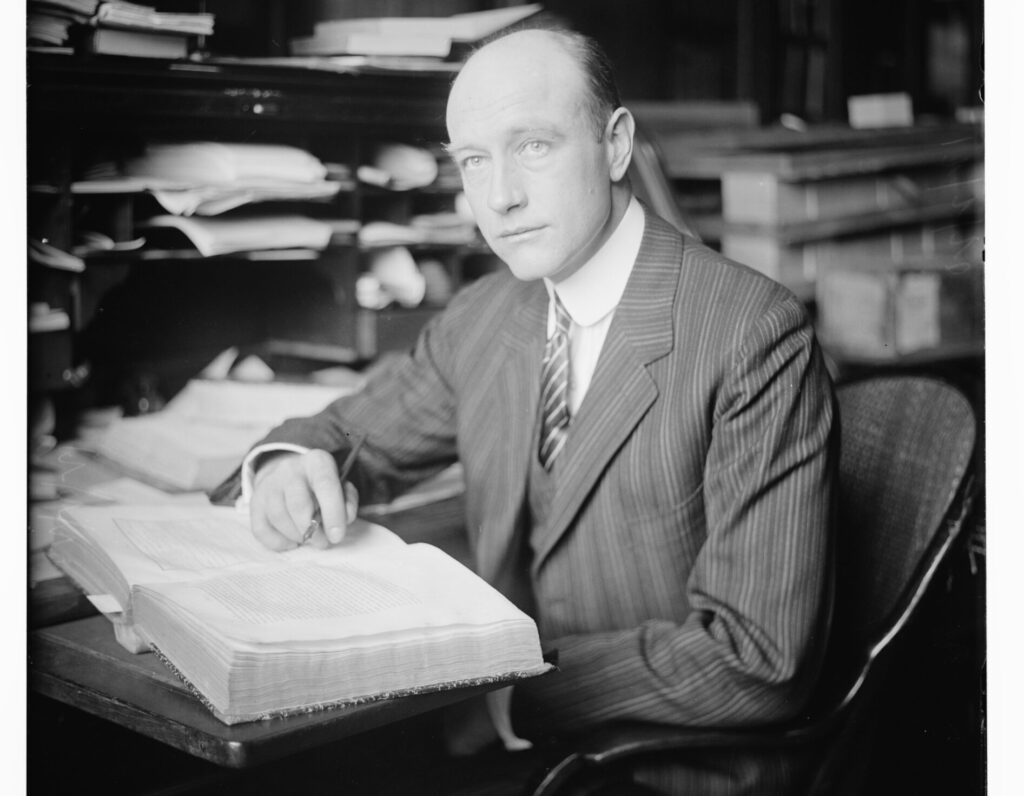
Often cited as inspiration for the character Indiana Jones, Roy Chapman Andrews led expeditions into the Gobi Desert in the 1920s that revolutionized paleontology. His Central Asiatic Expeditions for the American Museum of Natural History discovered the first scientifically confirmed dinosaur eggs, proving that dinosaurs laid eggs rather than giving birth to live young. The dramatic desert setting of his expeditions, complete with camels, sandstorms, and political intrigue, captured public imagination through his popular books and lectures. Andrews’ teams also discovered new dinosaur species, including Protoceratops and Velociraptor, the latter becoming a household name after featuring prominently in “Jurassic Park.” His adventurous spirit, scientific rigor, and talent for storytelling established a template for how paleontologists would be portrayed in popular culture for decades to follow.
Mary Anning: The Pioneering Woman Who Changed Geology
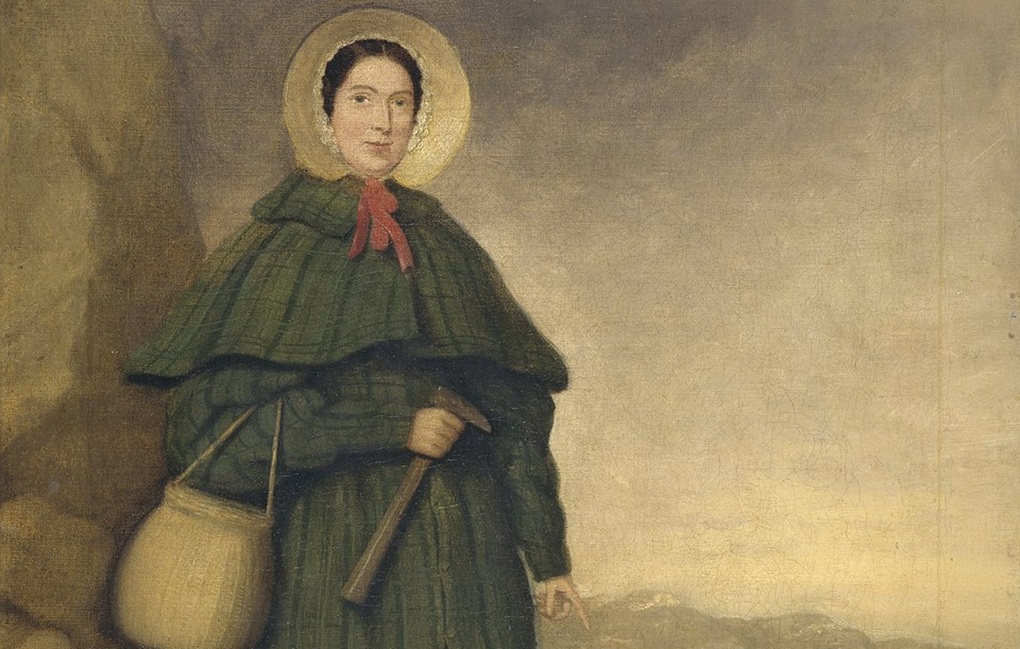
Working in the early 19th century along the Jurassic Coast of southern England, Mary Anning made discoveries that fundamentally altered our understanding of prehistoric life despite facing significant gender and class barriers. Her excavations of marine reptiles, including the first complete ichthyosaur skeleton recognized by science and the first complete plesiosaur, provided crucial evidence for extinction and evolution decades before Darwin published “On the Origin of Species.” The 2020 film “Ammonite” starring Kate Winslet brought her story to modern audiences, though with significant fictional elements. Anning’s story has inspired numerous children’s books, including “The Fossil Girl” and “Stone Girl, Bone Girl,” introducing generations of young readers to paleontology. The tongue-twister “She sells seashells by the seashore” is widely believed to reference Anning’s early fossil-selling business on the Lyme Regis beaches.
Barnum Brown: The Man Who Discovered T. rex
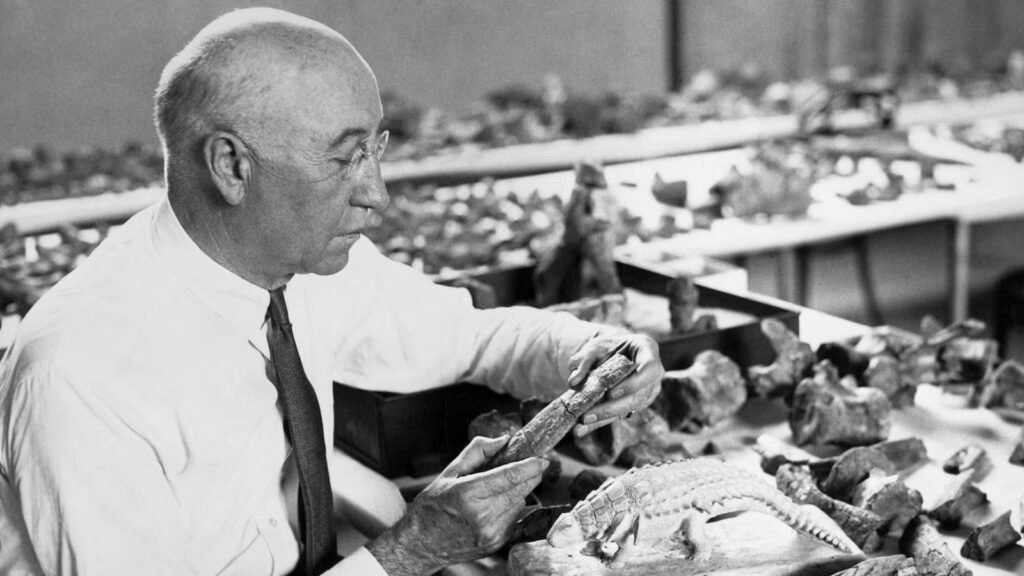
Few paleontologists have made as significant an impact on museum collections and public imagination as Barnum Brown, whose career spanned the late 19th and early 20th centuries. Working primarily for the American Museum of Natural History, Brown discovered the first Tyrannosaurus rex specimen in 1902, instantly creating a cultural icon that would captivate the public for generations. His excavation methods were revolutionary—he pioneered the use of dynamite and heavy machinery in fossil collection, dramatically increasing the efficiency of field work. Brown’s charismatic personality and trademark attire of a tailored suit, even in field conditions, made him a celebrity scientist in his time. His work building the dinosaur collections at the American Museum of Natural History established it as one of the world’s premier paleontological institutions, creating displays that have inspired countless visitors, including many future paleontologists.
Jack Horner: Scientific Advisor to Jurassic Park
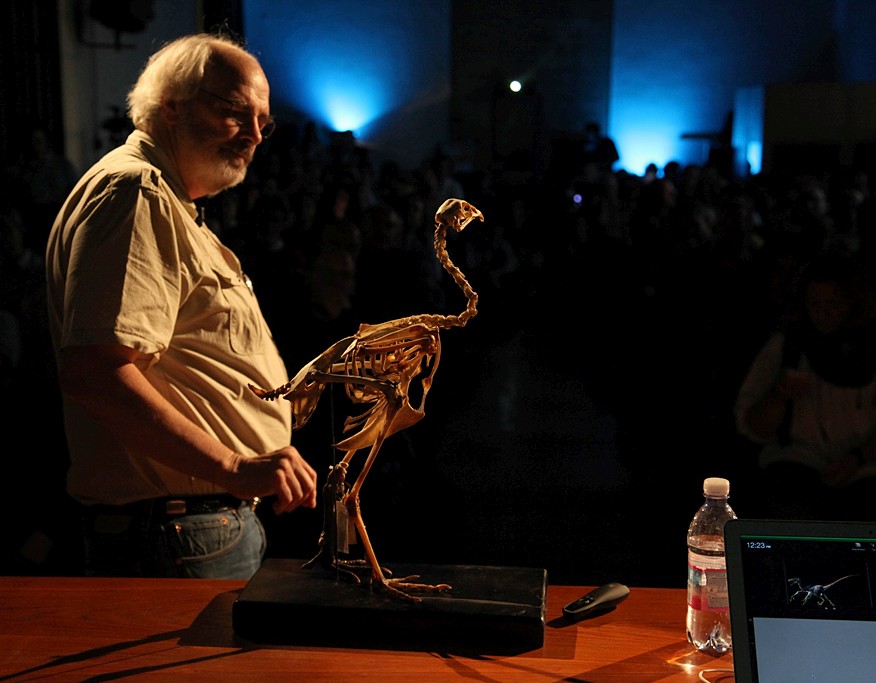
Montana-based paleontologist Jack Horner transformed public understanding of dinosaurs through his groundbreaking research and his role as technical advisor to the “Jurassic Park” film franchise. His discovery of Maiasaura nests with fossilized embryos and juveniles in the 1970s provided the first definitive evidence of parental care in dinosaurs, challenging the prevailing view of dinosaurs as solitary, cold-blooded reptiles. Horner’s theories about dinosaur behavior directly influenced how dinosaurs were portrayed in the “Jurassic Park” films, particularly the social behavior of Velociraptors and the parental instincts of larger dinosaurs. His own life story—overcoming dyslexia to become a renowned scientist without completing a formal undergraduate degree—has inspired many with learning differences to pursue careers in science. Horner’s accessible books like “Digging Dinosaurs” and “How to Build a Dinosaur” have introduced paleontological concepts to mainstream audiences, while his Museum of the Rockies in Montana has become a major destination for dinosaur enthusiasts.
Richard Owen: Creator of “Dinosauria” and Founder of the Natural History Museum
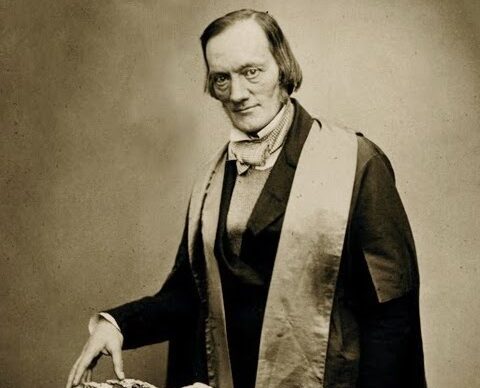
Victorian anatomist Sir Richard Owen fundamentally shaped how we conceptualize and categorize dinosaurs by coining the term “Dinosauria” (meaning “terrible lizards”) in 1842, recognizing these extinct animals as a distinct group with shared characteristics. Though controversial for his opposition to Darwin’s theory of evolution and his ruthless academic politics, Owen’s scientific contributions and institutional influence were immense. He spearheaded the creation of London’s Natural History Museum, which opened in 1881 and remains one of the world’s premier natural history collections, attracting millions of visitors annually. Owen’s life-sized dinosaur reconstructions, unveiled at the Crystal Palace Exhibition in 1854, were the world’s first dinosaur sculptures and represented the first attempt to visualize these creatures for the public based on scientific evidence. Though many of his interpretations were later revised, these sculptures still stand today in Crystal Palace Park, having influenced generations of artists, filmmakers, and the public in visualizing prehistoric life.
Luis Alvarez and Walter Alvarez: The Father-Son Team Behind the Asteroid Impact Theory
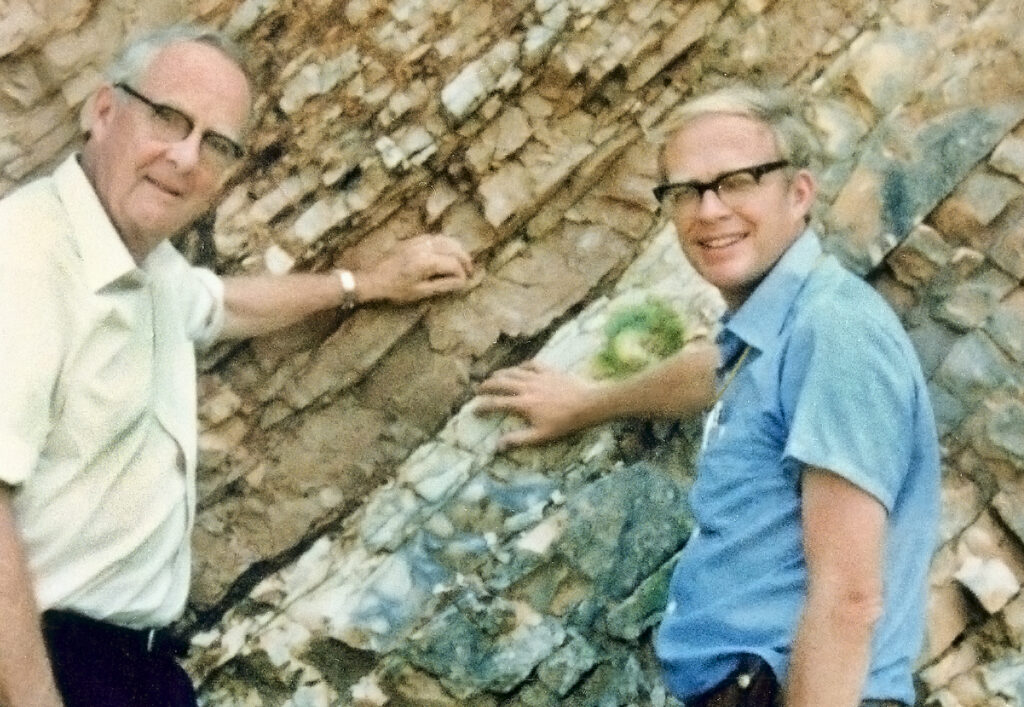
The collaboration between physicist Luis Alvarez and his son, geologist Walter Alvarez, led to one of the most revolutionary theories in paleontology: that an asteroid impact caused the mass extinction event that wiped out the dinosaurs 66 million years ago. Their 1980 discovery of a worldwide layer of iridium—an element rare on Earth but common in asteroids—at the geological boundary marking the end of the Cretaceous period provided compelling evidence for this theory. This dramatic extinction scenario has inspired countless books, documentaries, and films, including the opening sequence of the 1998 film “Armageddon” and elements of the documentary series “Walking with Dinosaurs.” The Alvarez hypothesis transformed extinction theories from gradual processes to include catastrophic events, fundamentally changing both scientific and public understanding of Earth’s history. Their interdisciplinary approach, combining physics and geology to solve a paleontological mystery, highlighted the value of cross-disciplinary collaboration in tackling major scientific questions.
Paul Sereno: National Geographic Explorer and Discoverer of “SuperCroc”
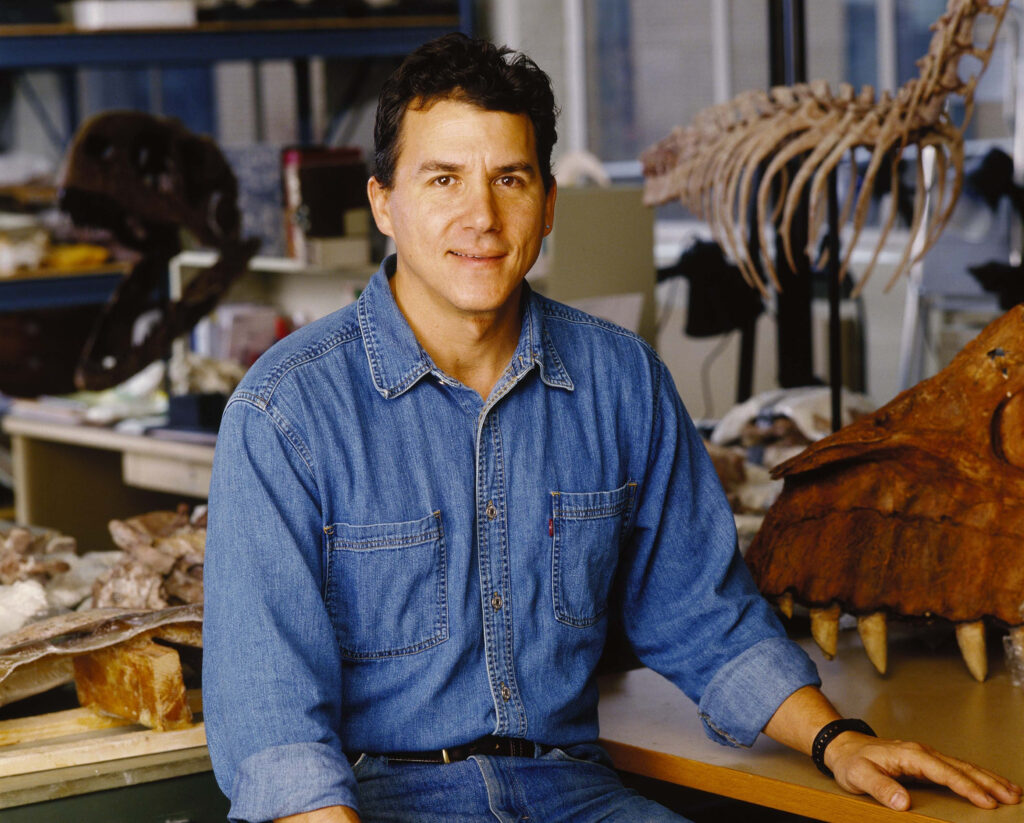
Contemporary paleontologist Paul Sereno has combined groundbreaking discoveries with media savvy to bring paleontology to global audiences through his work with National Geographic. His expeditions across Africa, Asia, and South America have yielded numerous remarkable finds, including Sarcosuchus imperator (nicknamed “SuperCroc”), a 40-foot crocodilian from the Cretaceous period of Niger. Sereno’s discovery of the earliest known dinosaur, Eoraptor, in Argentina helped clarify the origins of these iconic animals. His research team’s excavation of a Neolithic burial ground in Niger, the “Green Sahara” site, demonstrated how paleontological methods can contribute to understanding recent human history and climate change. Sereno’s frequent appearances on television documentaries and his engaging communication style have made him one of the most recognizable faces in modern paleontology, while his nonprofit organization, Project Exploration, has created educational programs bringing paleontology to underrepresented youth in urban communities.
The Leakey Family: Revolutionizing Human Origins Research
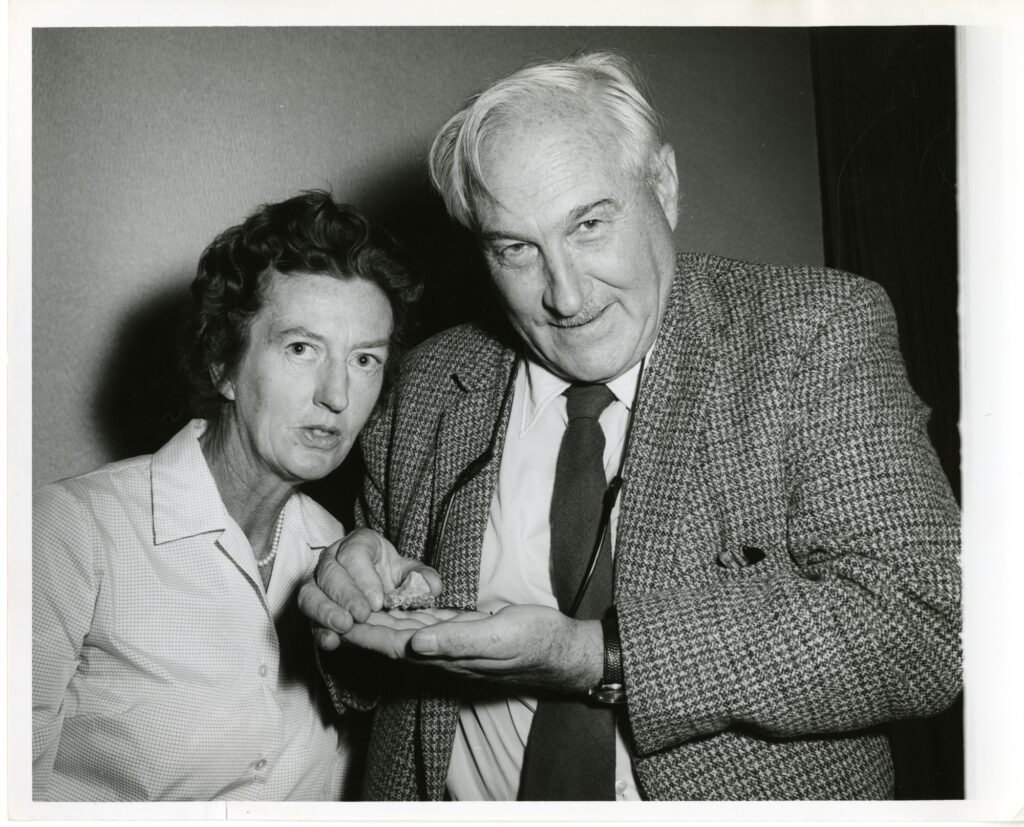
Though primarily identified as paleoanthropologists rather than paleontologists, the Leakey family deserves mention for their transformative wworkk uncovering human evolutionary history. Louis and Mary Leakey’s discoveries at Olduvai Gorge in Tanzania, including Paranthropus boisei and Homo habilis, revolutionized understanding of human ancestry. Their son Richard Leakey continued this legacy with discoveries like the nearly complete “Turkana Boy” Homo erectus skeleton. The Leakeys’ work formed the scientific foundation for films like “2001: A Space Odyssey,” with its iconic “Dawn of Man” sequence, and countless documentaries about human evolution. Their research has been showcased in major museums worldwide, including the National Museums of Kenya, which Richard helped develop. The Leakey family’s ability to secure funding, media attention, and public interest in paleoanthropology through their discoveries and charismatic communication established a model for how scientists could engage directly with the public while maintaining scientific rigor.
Robert Bakker: The Revolutionary Who Made Dinosaurs Warm-Blooded

With his distinctive cowboy hat and beard, paleontologist Robert Bakker became the public face of the “Dinosaur Renaissance” that transformed our understanding of dinosaurs from sluggish, cold-blooded reptiles to active, possibly warm-blooded animals. His influential 1986 book “The Dinosaur Heresies” argued compellingly for this new view based on bone structure, predator-prey ratios, and posture. Bakker served as a consultant for the “Jurassic Park” films, with the character of Dr. Robert Burke in “The Lost World: Jurassic Park” partially based on him. His dynamic, active dinosaur illustrations revolutionized paleoart and directly influenced how dinosaurs are depicted in all forms of media. Bakker’s evangelical enthusiasm for paleontology and his accessible explanations of complex theories have made him a popular lecturer and museum curator, bringing cutting-edge paleontological concepts to public audiences for decades.
Maryanne Angeline: The Dinosaur Curator Who Brought Specimens to Life

As chief preparator and curator of dinosaurs at the Royal Tyrrell Museum in Alberta, Canada, for over three decades, Maryanne Angeline transformed how dinosaur fossils are presented to the public. Her innovative mounting techniques and articulation of specimens created more dynamic, life-like poses that showed dinosaurs as active, biological entities rather than static skeleton collections. Angeline pioneered conservation methods that allowed more complete specimens to be displayed safely, preserving fragile fossils while making them accessible to museum visitors. Her work on the museum’s centerpiece Tyrannosaurus rex specimen, “Black Beauty,” created one of the most photographed museum displays in North America. Angeline’s philosophy of combining scientific accuracy with theatrical presentation influenced museum design globally, creating the immersive, narrative-driven dinosaur exhibits that are now standard in major natural history museums worldwide.
Dong Zhiming: The Father of Chinese Dinosaur Research

Paleontologist Dong Zhiming transformed our understanding of dinosaur evolution through his extensive work documenting China’s rich fossil record, which was largely unknown to Western science until the late 20th century. His discoveries included numerous new species that filled crucial gaps in dinosaur evolutionary history, particularly among sauropods and early feathered dinosaurs. Dong’s work with the Chinese Academy of Sciences established China as a paleontological powerhouse and led to the creation of the Zigong Dinosaur Museum, one of Asia’s largest dinosaur museums. His collaborative approach to international research helped open Chinese paleontology to global scientific cooperation after decades of isolation during the Cultural Revolution. Dong’s discoveries, including the enormous Mamenchisaurus with its extraordinarily long neck, have frequently appeared in documentary series like the BBC’s “Walking with Dinosaurs” and influenced how Asian dinosaurs are portrayed in media worldwide.
The Legacy and Future of Public-Facing Paleontology
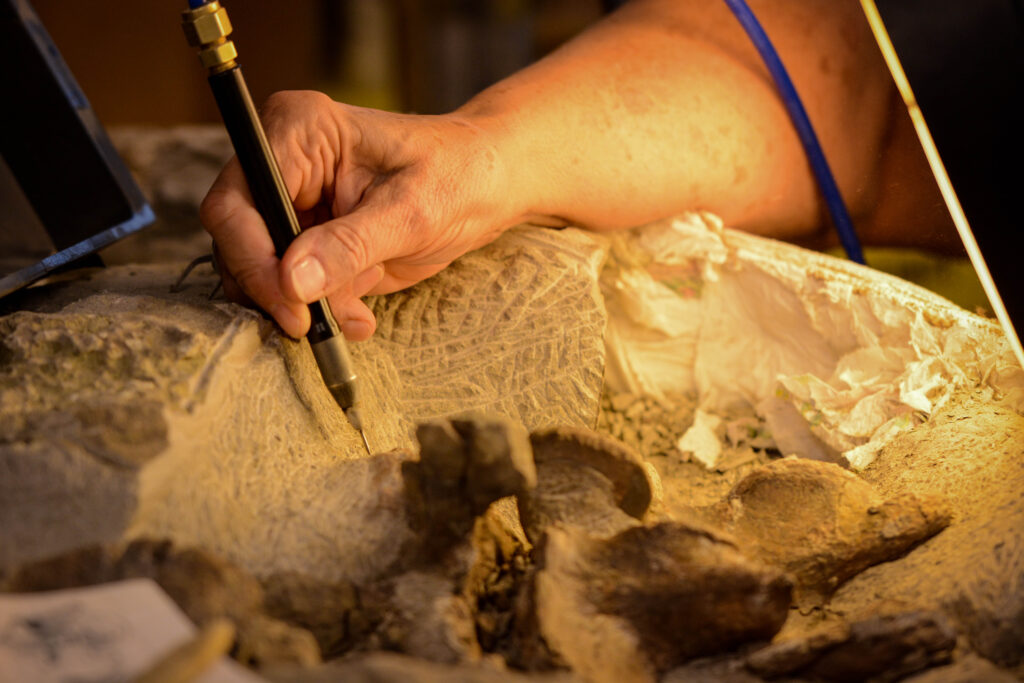
These influential paleontologists share common qualities that helped their work transcend academic boundaries to capture the public imagination. Most combined rigorous scientific work with accessible communication, whether through popular books, museum exhibits, media appearances, or consulting on entertainment projects. Their discoveries often challenged prevailing views, creating compelling narratives of scientific revolution that appealed to journalists and the public. The trend of paleontologists engaging directly with media continues today, with scientists like Steve Brusatte consulting on films like “Jurassic World” and Neil Shubin translating his discovery of Tiktaalik into the accessible book and PBS series “Your Inner Fish.” Social media has created new platforms for paleontologists to communicate directly with the public, while technologies like 3D printing and virtual reality are creating new ways to bring extinct creatures to life. As climate change and biodiversity loss create urgent questions about extinction and adaptation, paleontologists studying ancient ecosystem collapses have found new relevance and public interest in their work, suggesting the cultural significance of paleontology will continue to evolve alongside the science itself.

